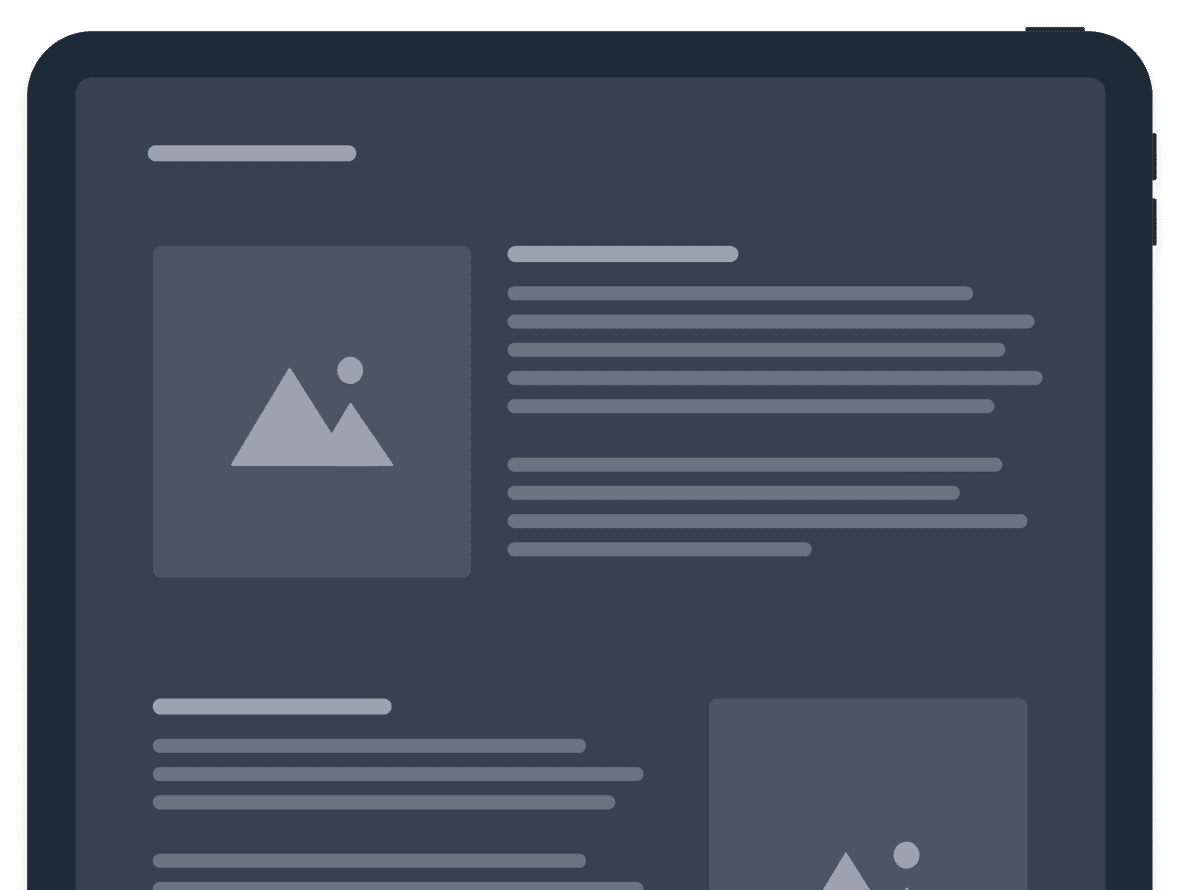Designing Interfaces: A User-Centered Approach
This book covers the latest design principles and techniques, including responsive design, mobile interface design, and user research methodologies.
Rated Best Over 15.7k Reviews

My background
- 73M+
- Downloads
- 1M+
- Likes
- 90k+
- Dribbble followers
- 4+
- Written books

The Book
Designing Interfaces: A User-Centered Approach is a valuable resource for anyone interested in learning about the principles and techniques of design.
The book covers a wide range of topics, from the basics of design principles such as balance, contrast, and hierarchy, to more advanced topics such as user experience design, typography, and color theory.
It also delves into specific areas of design such as web design, branding, and design thinking. With clear explanations, practical examples, and helpful illustrations, this book is an essential guide for aspiring designers and anyone looking to improve their design skills.
Harcover & Digital Book
The hardcover book, the pages are sewn together, which makes the book more durable and resistant to wear and tear.
Hardcover books are often used for reference books, textbooks, and other books that are likely to be used frequently.
Our e-book can be read on electronic devices such as smartphones, tablets, e-readers, and computers, and include multimedia elements such as videos, audio, and interactive graphics, and they can be easily shared, stored and accessed from anywhere.



Author
Designing Interfaces: A User-Centered Approach Hello I’am Leslie Livingston, the author behind this book.
It includes all of the commonly used components that a website requires, such as buttons, dropdowns, navigation bars, modals, but also some more advanced interactive elements such as datepickers.
All of the elements are built using the utility classes from Tailwind CSS and vanilla JavaScript.
Follow on TwitterTable of contents
Chapter 1: Introduction to Design Principles
This chapter provides an overview of the basic principles of design, such as balance, contrast, and hierarchy. It explains how these principles can be used to create visually pleasing and effective designs.
Chapter 2: Designing for User Experience
This chapter explores the concept of user experience (UX) design and how it relates to the overall design process. It covers topics such as user research, usability testing, and user-centered design.
Chapter 3: Typography in Design
This chapter delves into the art and technique of typography, including the history and evolution of type, the basics of typographic hierarchy, and the use of typography in digital design.
Chapter 4: Color Theory and its Applications
This chapter covers the basics of color theory and its application in design. It includes information on color wheels, complementary colors, color schemes, and the psychological effects of color. It also covers color management and color spaces in digital design.
Chapter 5: Design for the Web
This chapter will cover the basics of web design, including the principles of responsive design, website layout, and typography, as well as the use of HTML, CSS, and JavaScript.
Chapter 6: Branding and Identity Design
This chapter will explore the process of creating and maintaining a brand, including the development of a brand strategy, the creation of a visual identity, and the use of design elements to communicate a brand's message.
Testimonials
Hear from readers about the impact and value of this must-read book
Solid foundation for any project
"This is a very complex and beautiful set of elements. Under the hood it comes with the best things from 2 different worlds: Figma and Tailwind.”

A must-have for designers
"This is a very complex and beautiful set of elements. Under the hood it comes with the best things from 2 different worlds: Figma and Tailwind.”

Speechless with how easy this was to integrate
"I recently got my hands on Flowbite Pro, and holy crap, I'm speechless with how easy this was to integrate within my application. Most templates are a pain, code is scattered, and near impossible to theme."

Efficient Collaborating
"Flowbite is just awesome. It contains tons of predesigned components and pages starting from login screen to complex dashboard. Perfect choice for your next SaaS application.”

Mindblowing workflow and variants
"Flowbite provides a robust set of design tokens and components based on the popular Tailwind CSS framework.
From the most used UI components like forms and navigation bars to the whole app screens designed both for desktop and mobile, this UI kit provides a solid foundation for any project.”

Perfect choice for a SaaS application
"Flowbite provides a robust set of design tokens and components based on the popular Tailwind CSS framework.
From the most used UI components like forms and navigation bars to the whole app screens designed both for desktop and mobile, this UI kit provides a solid foundation for any project.”

Solid foundation for any project
"I recently got my hands on Flowbite Pro, and holy crap, I'm speechless with how easy this was to integrate within my application. Most templates are a pain, code is scattered, and near impossible to theme."

Mindblowing workflow and variants
"Flowbite is just awesome. It contains tons of predesigned components and pages starting from login screen to complex dashboard. Perfect choice for your next SaaS application.”

Speechless with how easy this was to integrate
"This is a very complex and beautiful set of elements. Under the hood it comes with the best things from 2 different worlds: Figma and Tailwind.”

Why you should buy our book?
I write this book based on research, data, and best practices in the field providing practical guidance and examples that readers can apply in their own projects.
Comprehensive coverage of key topics
A good UI/UX book should provide comprehensive coverage of key topics such as user research, interaction design, information architecture, visual design, usability testing, and more.
Real-world examples and case studies
To help readers understand how to apply UI/UX principles in practice, a good book should provide real-world examples and case studies.
Practical advice and tips
I provide practical advice and tips that readers can apply in their own projects and step-by-step guidance on how to conduct user research, design prototypes, conduct usability testing, and more.
Interactive elements and online resources
To make the learning experience more engaging and effective, we include interactive elements such as quizzes, exercises, and online resources.
Hard copy + Digital Book
Get our book today and start your learning!
- A/B Testing
- 24/7 Email & Chat Support
- Custom Branding
- Creative Assistant
- Website Builder
- Advanced Segmentation
- Multivariate Testing
- Comparative Reporting
- Custom Templates
- Dynamic Content
Frequently asked questions
Flowbite is an open-source library of interactive components built on top of Tailwind CSS including buttons, dropdowns, modals, navbars, and more.
Check out this guide to learn how to get started and start developing websites even faster with components on top of Tailwind CSS.
Flowbite is first conceptualized and designed using the Figma software so everything you see in the library has a design equivalent in our Figma file.
Check out the Figma design system based on the utility classes from Tailwind CSS and components from Flowbite.
The main difference is that the core components from Flowbite are open source under the MIT license, whereas Tailwind UI is a paid product. Another difference is that Flowbite relies on smaller and standalone components, whereas Tailwind UI offers sections of pages.
However, we actually recommend using both Flowbite, Flowbite Pro, and even Tailwind UI as there is no technical reason stopping you from using the best of two worlds.
Learn more about these technologies:
The main difference is that the core components from Flowbite are open source under the MIT license, whereas Tailwind UI is a paid product. Another difference is that Flowbite relies on smaller and standalone components, whereas Tailwind UI offers sections of pages.
However, we actually recommend using both Flowbite, Flowbite Pro, and even Tailwind UI as there is no technical reason stopping you from using the best of two worlds.
Learn more about these technologies: